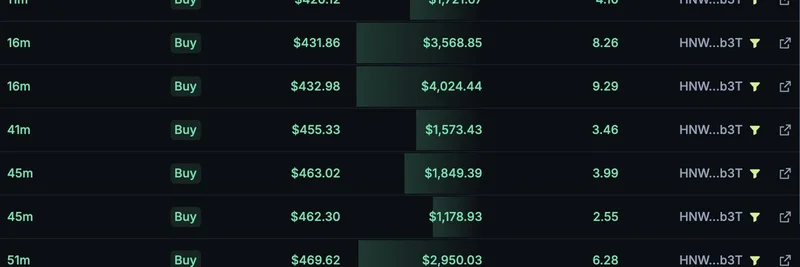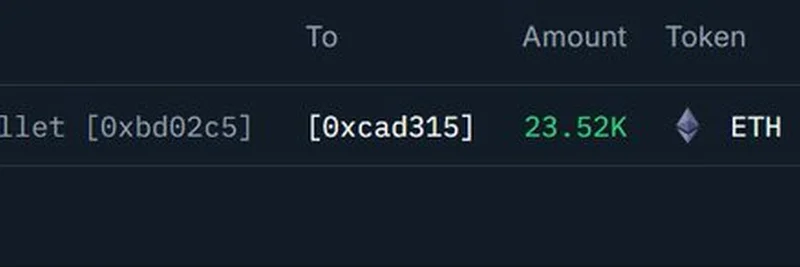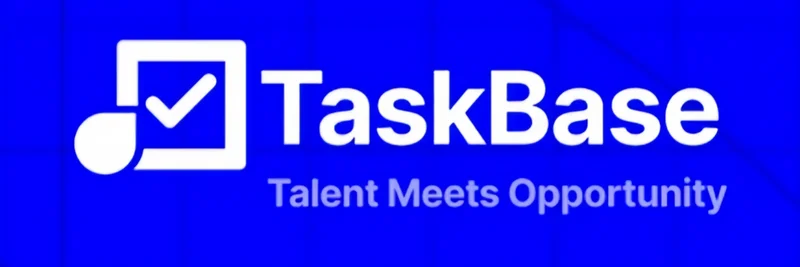In the fast-paced world of cryptocurrency, where meme tokens like Dogecoin and Shiba Inu often steal the spotlight with their viral communities and wild price swings, there's a quieter corner dedicated to privacy. That's where Monero (XMR) shines—or rather, hides. A recent tweet from BSCN (@BSCNews) has sparked fresh discussions: "🤫 2025 ANALYSIS: MONERO - Are privacy blockchains still a thing in 2025? and will @monero $XMR rise again?" Linking to a detailed guide on BSC News, this post prompts us to revisit Monero's role in the blockchain ecosystem.
For those new to the scene, Monero is a decentralized cryptocurrency that's all about keeping your transactions private. Unlike Bitcoin, where every move is visible on a public ledger, Monero uses clever tech to obscure who sent what to whom and how much. This makes it a go-to for folks who value anonymity, much like how meme token enthusiasts appreciate the fun, community-driven aspect of their investments.
The Roots of Monero: From Fork to Privacy Powerhouse
Monero didn't start as Monero. It traces back to 2012 with the CryptoNote protocol, which powered Bytecoin. But Bytecoin had a shady premine—developers secretly mined 80% of the coins before launch. In 2014, a group of developers forked it to create BitMonero, later renamed Monero (Esperanto for "coin"). The goal? Fair distribution without any premine, ensuring everyone starts on equal footing.
Over the years, Monero has evolved. In 2017, it introduced Ring Confidential Transactions (RingCT) to hide transaction amounts. By 2019, it switched to RandomX, a mining algorithm that favors everyday CPUs over fancy ASICs, keeping mining accessible. Fast-forward to 2022, and upgrades beefed up its ring signatures for even better privacy. Now, in 2025, the Monero Research Lab is buzzing with innovations like Full-Chain Membership Proofs (FCMPs), aiming to make the network faster and more efficient.
How Monero Keeps Things Under Wraps
At its core, Monero uses proof-of-work (PoW) consensus, similar to Bitcoin, but with a twist via RandomX to democratize mining. What sets it apart are its privacy tools:
- Ring Signatures: These mix your transaction with others, like blending into a crowd so no one knows who actually spent the money.
- Stealth Addresses: Every payment gets a unique, one-time address, preventing anyone from linking transactions to your wallet.
- RingCT: This hides the amount being sent while still letting the network verify it's legit.
These features make Monero fungible—every XMR is identical and untraceable, just like cash in your pocket. For blockchain practitioners dipping into meme tokens, understanding this privacy layer could inspire new ways to protect community-driven projects from prying eyes.
The Ups and Downs of Privacy in Crypto
Monero's strengths are clear: built-in privacy with no extra costs, low fees, and true fungibility. It's perfect for real-world scenarios, like sending money across borders without banks snooping or protecting whistleblowers. In regions with shaky economies, it's a lifeline for secure, anonymous transactions.
But it's not all smooth sailing. Governments are cracking down—exchanges like Binance have delisted it in places like Japan and South Korea due to regulations. The blockchain is hefty (over 230GB in 2025), which can be a hassle for running nodes, though lighter options exist. Transactions are slower than on newer chains, and PoW's energy use is a ongoing debate, even if RandomX helps.
Plus, scalability is a challenge, and there are risks like potential mining centralization. Just this July 2025, a pool called Qubic tried to dominate, but the community rallied around decentralized alternatives like P2Pool, showing Monero's resilience.
Monero in 2025: Challenges, Wins, and What's Next
This year has been eventful. A massive Bitcoin hack in April ($330 million stolen) spotlighted Monero's role in illicit activities, ramping up scrutiny. But on the bright side, the Monero Research Lab announced winners in their FCMP++ Optimization Competition, with breakthroughs that could slash verification times by over 95%. Community funding keeps development humming, including integrations like BTCPay Server for merchants.
The latest wallet update, version 0.18.4.1 ('Fluorine Fermi'), dropped on July 31, 2025, fixing bugs and improving usability. Tools like Gupax for easy node setup and decentralized exchanges such as Haveno make Monero more user-friendly than ever.
As for price? While the article doesn't predict specifics, you can check live charts on CoinMarketCap. In the meme token world, where hype drives value, Monero's steady focus on utility could see it rise if privacy becomes a hotter topic amid growing surveillance.
Why Privacy Matters for Meme Token Fans
Even if you're all about the memes, privacy coins like Monero offer lessons. In a space where rug pulls and scams lurk, anonymity can protect creators and investors. Plus, as blockchain tech advances, blending privacy with the fun of meme communities might birth the next big thing. Will XMR rise again? If regulatory winds shift and adoption grows, absolutely. Keep an eye on Monero—it's the unsung hero reminding us that not all crypto needs to be public.
For more on emerging trends in meme tokens and blockchain privacy, stick with Meme Insider. What's your take on privacy in crypto? Drop a comment below!



